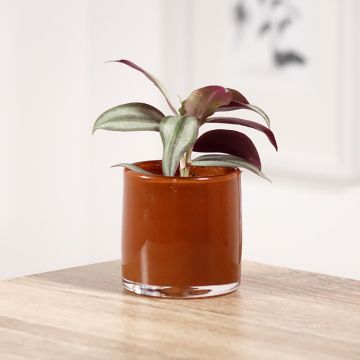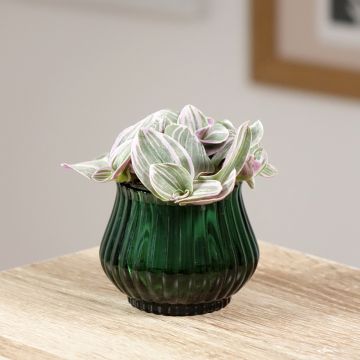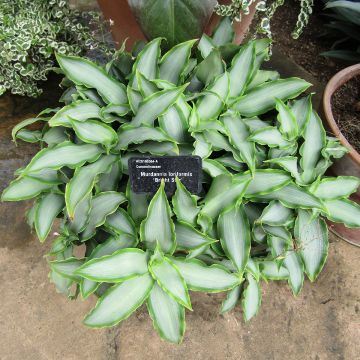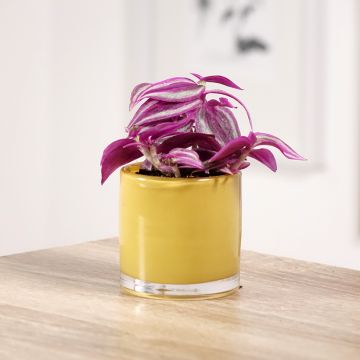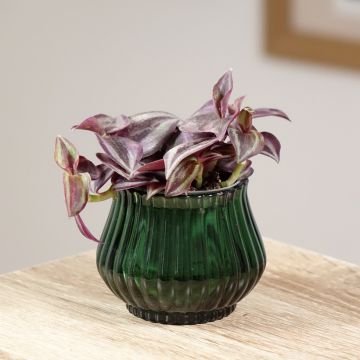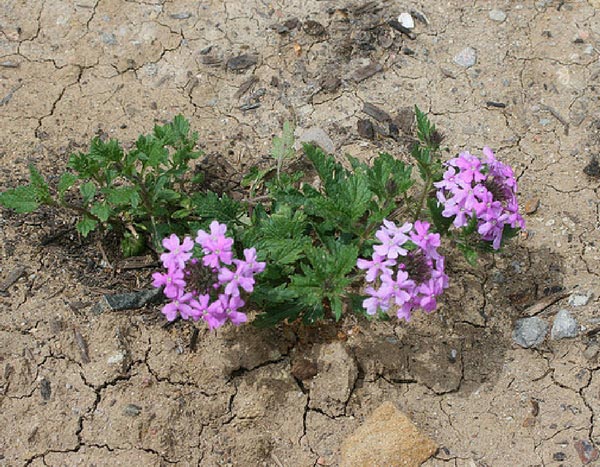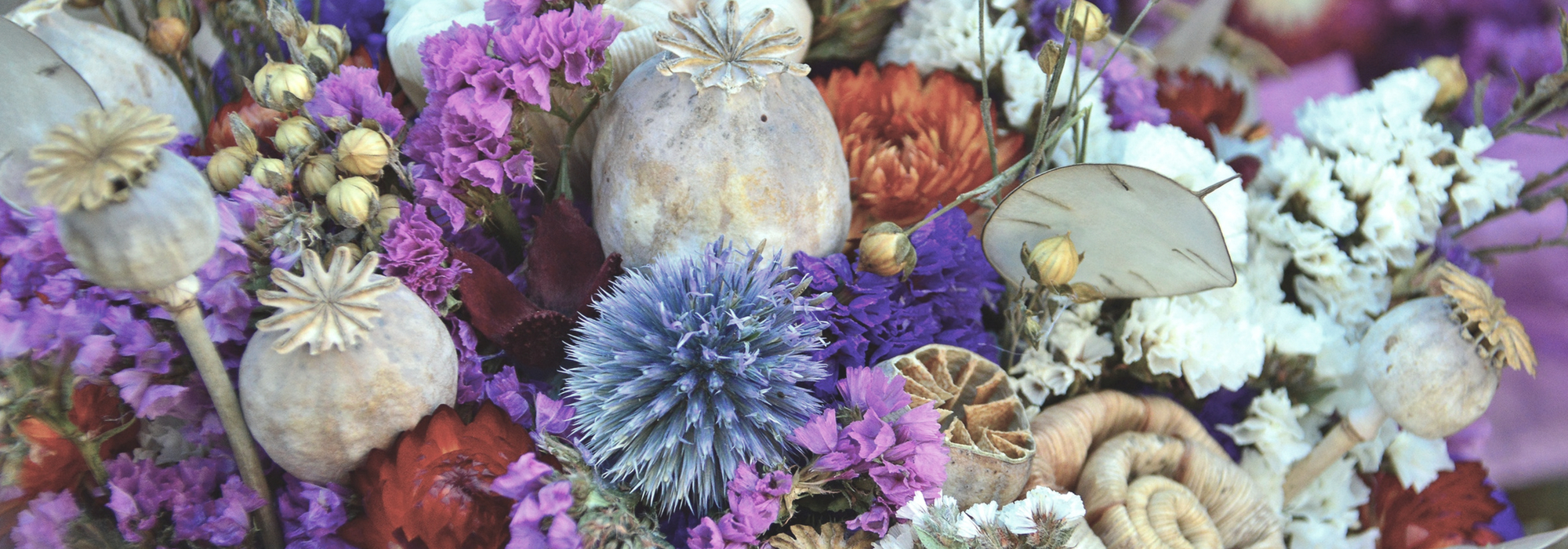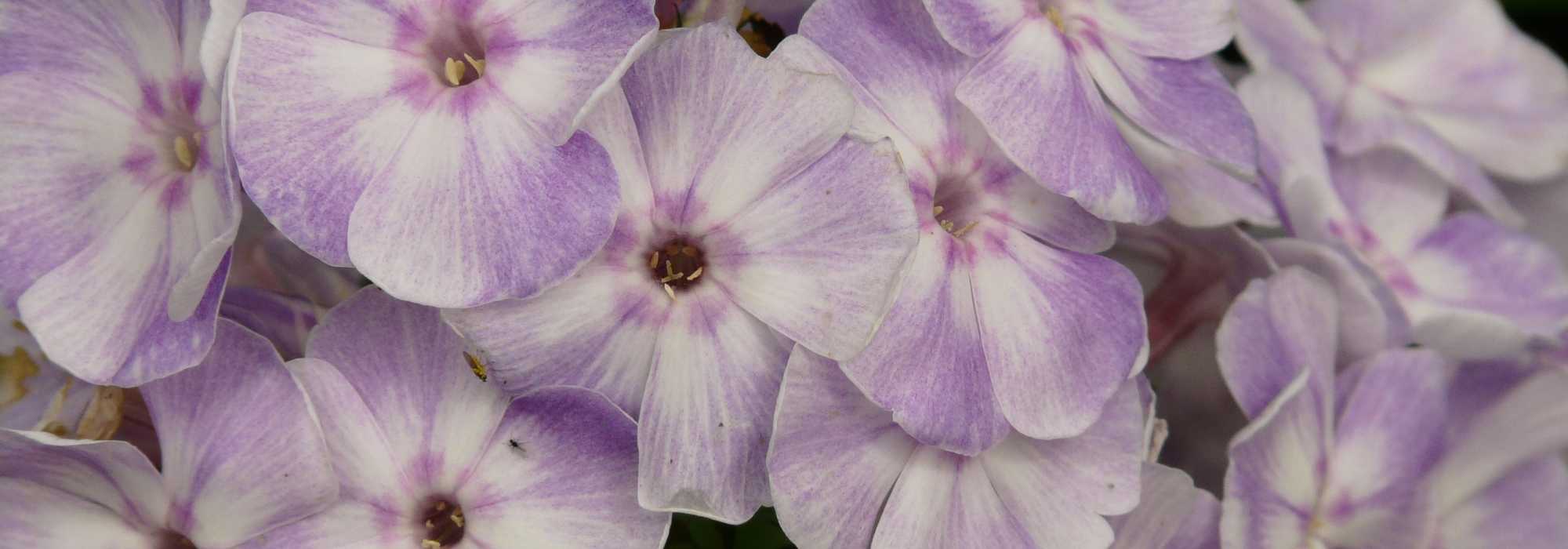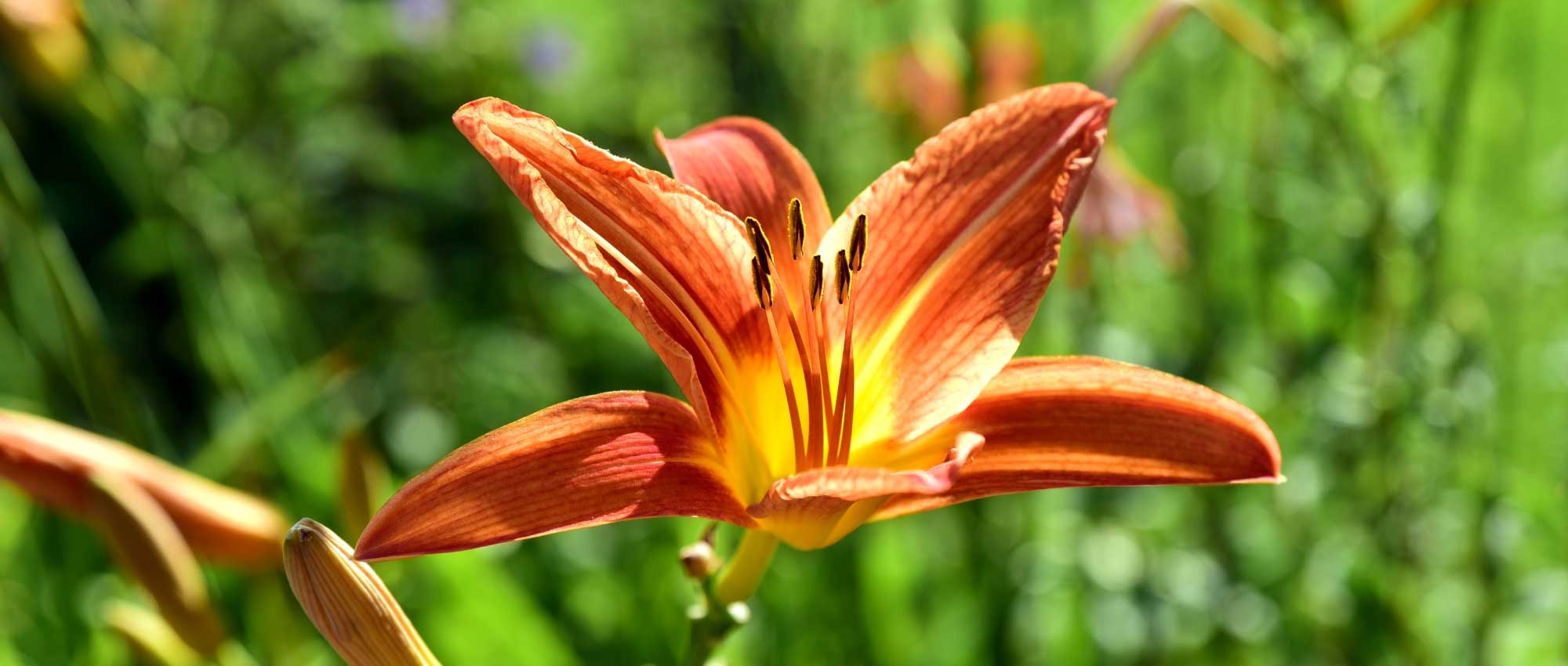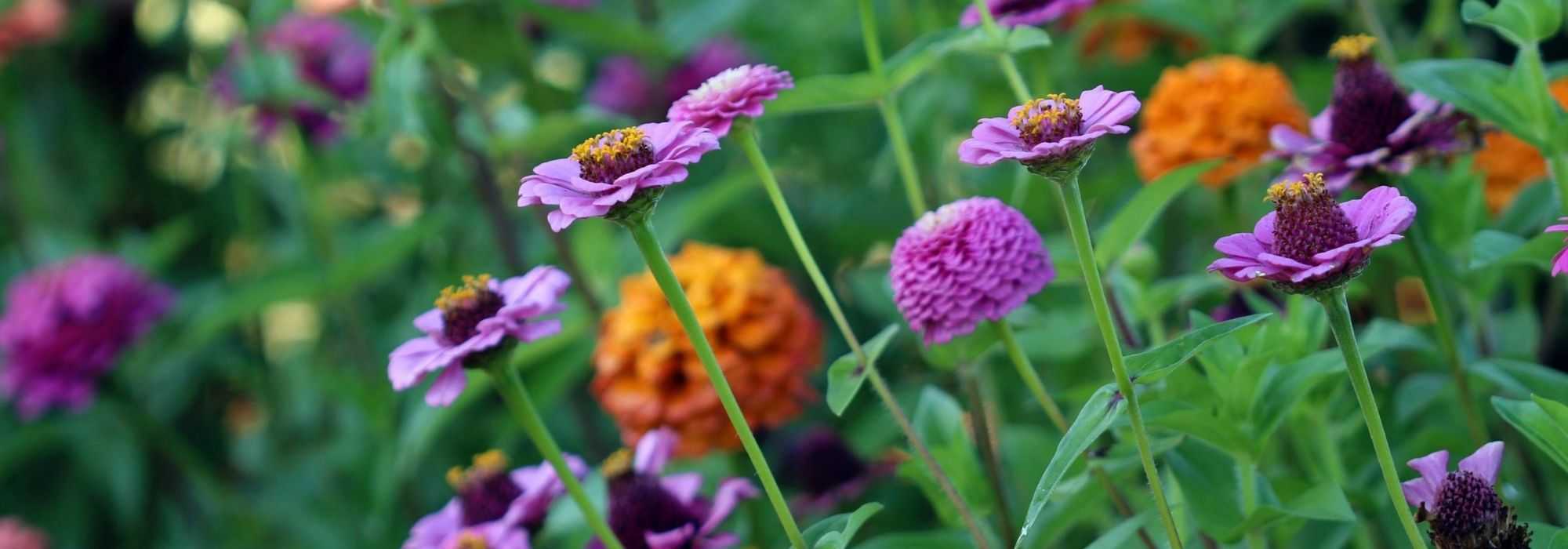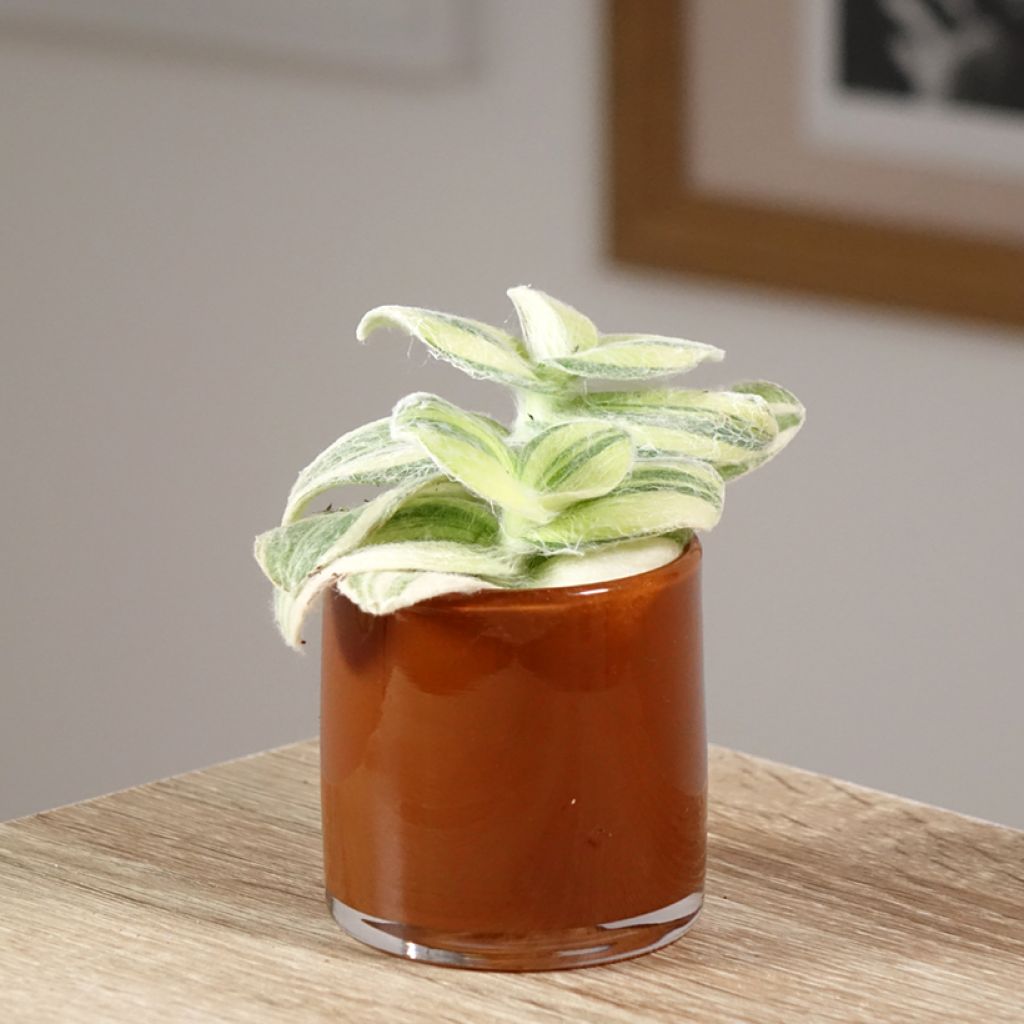

Tradescantia cerinthoides Brightness
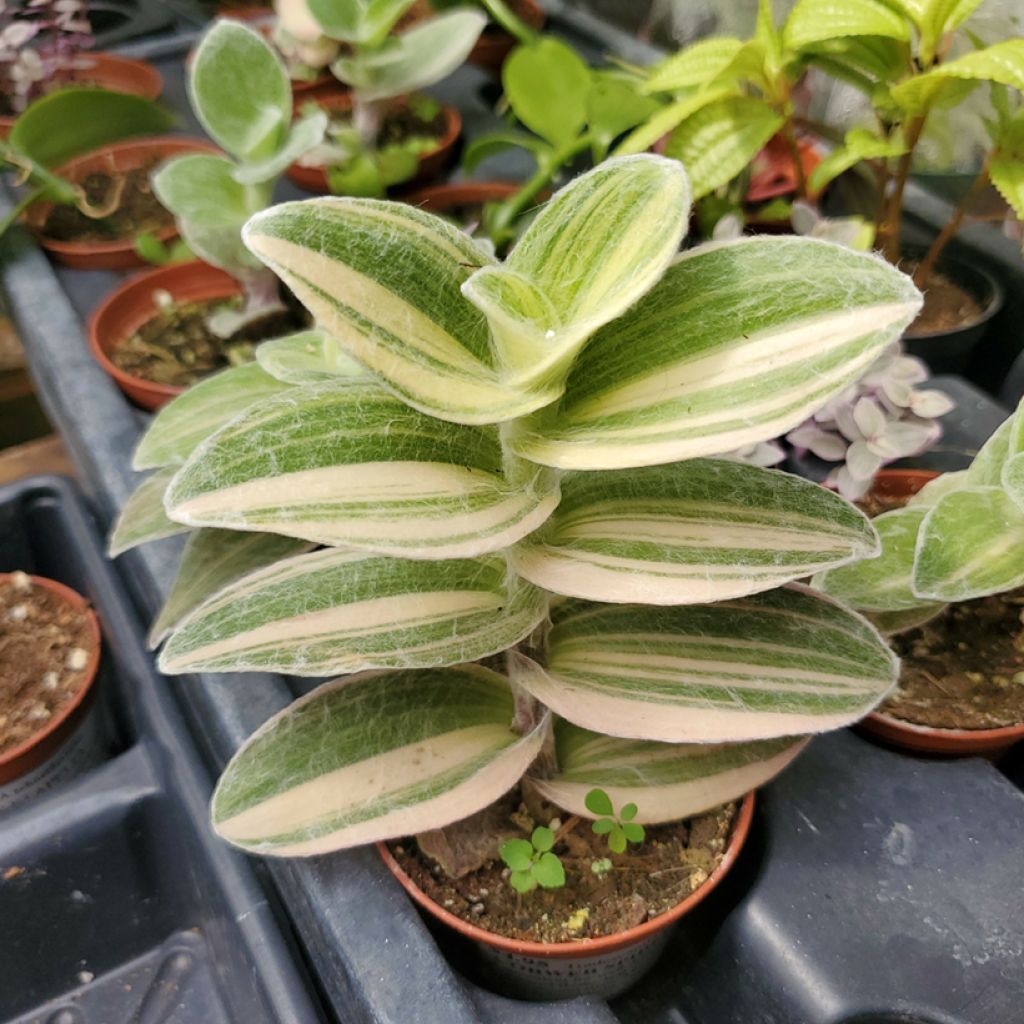

Tradescantia cerinthoides Brightness
Tradescantia cerinthoides Brightness
Tradescantia cerinthoides Brightness 'EC TRAD 2303'
Flowering inch plant
Special offer!
Receive a €20 voucher for any order over €90 (excluding delivery costs, credit notes, and plastic-free options)!
1- Add your favorite plants to your cart.
2- Once you have reached €90, confirm your order (you can even choose the delivery date!).
3- As soon as your order is shipped, you will receive an email containing your voucher code, valid for 3 months (90 days).
Your voucher is unique and can only be used once, for any order with a minimum value of €20, excluding delivery costs.
Can be combined with other current offers, non-divisible and non-refundable.
Why not try an alternative variety in stock?
View all →This plant carries a 30 days recovery warranty
More information
We guarantee the quality of our plants for a full growing cycle, and will replace at our expense any plant that fails to recover under normal climatic and planting conditions.
Description
The Tradescantia cerinthoides 'Brightness' is a variety of Wandering Jew with generously white-striped foliage, particularly bright and easy to grow indoors. Undemanding and comfortable in bright rooms such as a living room or conservatory, this variety thrives particularly well in hanging baskets due to its long trailing stems. With rapid growth and minimal maintenance, it's an ideal companion to adorn your living room or office, even if you're not an expert in houseplants.
The Tradescantia cerinthoides 'Brightness', from the Commelinaceae botanical family, is a herbaceous perennial with a trailing habit, perfect for hanging baskets or shelves. The Tradescantia genus (named in honour of the English botanist John Tradescant) includes around 75 species primarily native to the Americas. The Tradescantia cerinthoides is a botanical species native to the tropical regions of South America where it thrives in cool, shaded forest environments. In its natural habitat, it carpets the ground beneath trees, benefiting from ambient humidity and filtered light. Its slightly succulent stems can grow up to 60 cm long, forming graceful cascades of foliage. The alternate and sheathing leaves measure between 4 and 10 cm in length and 1.5 to 3 cm in width. They feature an upper surface adorned with white stripes in cream or silvery hues, while the underside is uniformly coloured. fairly rare indoors, flowering takes the form of small three-petalled flowers. This plant grows quickly, reaching its mature size within a few months.
When grown indoors, the Tradescantia zebrina 'Brightness' prefers bright light without direct sun exposure which could scorch its delicate foliage. This variety will thrive behind a window with sheer curtains. Moderate ambient humidity suits it athough it can tolerate dry air typical of indoor environments. The ideal temperature ranges between 18 and 25°C, but it can withstand fluctuations, avoiding temperatures below 15°C. It is recommended to let the soil dry slightly between waterings to prevent excess moisture.
Warning - The Tradescantia is toxic if ingested, particularly for pets such as cats and dogs. It is therefore advisable to place the plant out of their reach to avoid any incidents.
The Tradescantia 'Brightness' is perfect for adding a bright, exotic touch to your home. This variety thrives ideally in a well-lit living room, a conservatory, or even a bright kitchen. Hang it in a pretty macramé planter to showcase its cascades of striped foliage, or place it high on a shelf to enjoy its trailing growth. Pair it with plants featuring uniform-coloured foliage for contrast such as an Anthurium and a Tradescantia pallida 'Purpurea' with its long, purple leaves.
Tradescantia cerinthoides Brightness in pictures


Foliage
Plant habit
Flowering
Botanical data
Tradescantia
cerinthoides
Brightness 'EC TRAD 2303'
Commelinaceae
Flowering inch plant
Cultivar or hybrid
Safety measures
Other Indoor Tradescantia
View all →Location
Location
Maintenance and care
Watering tips
Potting advice, substrates and fertilisers
Houseplant care
Disease and pest advice
Maintenance and care
Planting & care advice
This item has not been reviewed yet - be the first to leave a review about it.
Haven't found what you were looking for?
Hardiness is the lowest winter temperature a plant can endure without suffering serious damage or even dying. However, hardiness is affected by location (a sheltered area, such as a patio), protection (winter cover) and soil type (hardiness is improved by well-drained soil).

Photo Sharing Terms & Conditions
In order to encourage gardeners to interact and share their experiences, Promesse de fleurs offers various media enabling content to be uploaded onto its Site - in particular via the ‘Photo sharing’ module.
The User agrees to refrain from:
- Posting any content that is illegal, prejudicial, insulting, racist, inciteful to hatred, revisionist, contrary to public decency, that infringes on privacy or on the privacy rights of third parties, in particular the publicity rights of persons and goods, intellectual property rights, or the right to privacy.
- Submitting content on behalf of a third party;
- Impersonate the identity of a third party and/or publish any personal information about a third party;
In general, the User undertakes to refrain from any unethical behaviour.
All Content (in particular text, comments, files, images, photos, videos, creative works, etc.), which may be subject to property or intellectual property rights, image or other private rights, shall remain the property of the User, subject to the limited rights granted by the terms of the licence granted by Promesse de fleurs as stated below. Users are at liberty to publish or not to publish such Content on the Site, notably via the ‘Photo Sharing’ facility, and accept that this Content shall be made public and freely accessible, notably on the Internet.
Users further acknowledge, undertake to have ,and guarantee that they hold all necessary rights and permissions to publish such material on the Site, in particular with regard to the legislation in force pertaining to any privacy, property, intellectual property, image, or contractual rights, or rights of any other nature. By publishing such Content on the Site, Users acknowledge accepting full liability as publishers of the Content within the meaning of the law, and grant Promesse de fleurs, free of charge, an inclusive, worldwide licence for the said Content for the entire duration of its publication, including all reproduction, representation, up/downloading, displaying, performing, transmission, and storage rights.
Users also grant permission for their name to be linked to the Content and accept that this link may not always be made available.
By engaging in posting material, Users consent to their Content becoming automatically accessible on the Internet, in particular on other sites and/or blogs and/or web pages of the Promesse de fleurs site, including in particular social pages and the Promesse de fleurs catalogue.
Users may secure the removal of entrusted content free of charge by issuing a simple request via our contact form.
The flowering period indicated on our website applies to countries and regions located in USDA zone 8 (France, the United Kingdom, Ireland, the Netherlands, etc.)
It will vary according to where you live:
- In zones 9 to 10 (Italy, Spain, Greece, etc.), flowering will occur about 2 to 4 weeks earlier.
- In zones 6 to 7 (Germany, Poland, Slovenia, and lower mountainous regions), flowering will be delayed by 2 to 3 weeks.
- In zone 5 (Central Europe, Scandinavia), blooming will be delayed by 3 to 5 weeks.
In temperate climates, pruning of spring-flowering shrubs (forsythia, spireas, etc.) should be done just after flowering.
Pruning of summer-flowering shrubs (Indian Lilac, Perovskia, etc.) can be done in winter or spring.
In cold regions as well as with frost-sensitive plants, avoid pruning too early when severe frosts may still occur.
The planting period indicated on our website applies to countries and regions located in USDA zone 8 (France, United Kingdom, Ireland, Netherlands).
It will vary according to where you live:
- In Mediterranean zones (Marseille, Madrid, Milan, etc.), autumn and winter are the best planting periods.
- In continental zones (Strasbourg, Munich, Vienna, etc.), delay planting by 2 to 3 weeks in spring and bring it forward by 2 to 4 weeks in autumn.
- In mountainous regions (the Alps, Pyrenees, Carpathians, etc.), it is best to plant in late spring (May-June) or late summer (August-September).
The harvesting period indicated on our website applies to countries and regions in USDA zone 8 (France, England, Ireland, the Netherlands).
In colder areas (Scandinavia, Poland, Austria...) fruit and vegetable harvests are likely to be delayed by 3-4 weeks.
In warmer areas (Italy, Spain, Greece, etc.), harvesting will probably take place earlier, depending on weather conditions.
The sowing periods indicated on our website apply to countries and regions within USDA Zone 8 (France, UK, Ireland, Netherlands).
In colder areas (Scandinavia, Poland, Austria...), delay any outdoor sowing by 3-4 weeks, or sow under glass.
In warmer climes (Italy, Spain, Greece, etc.), bring outdoor sowing forward by a few weeks.






























